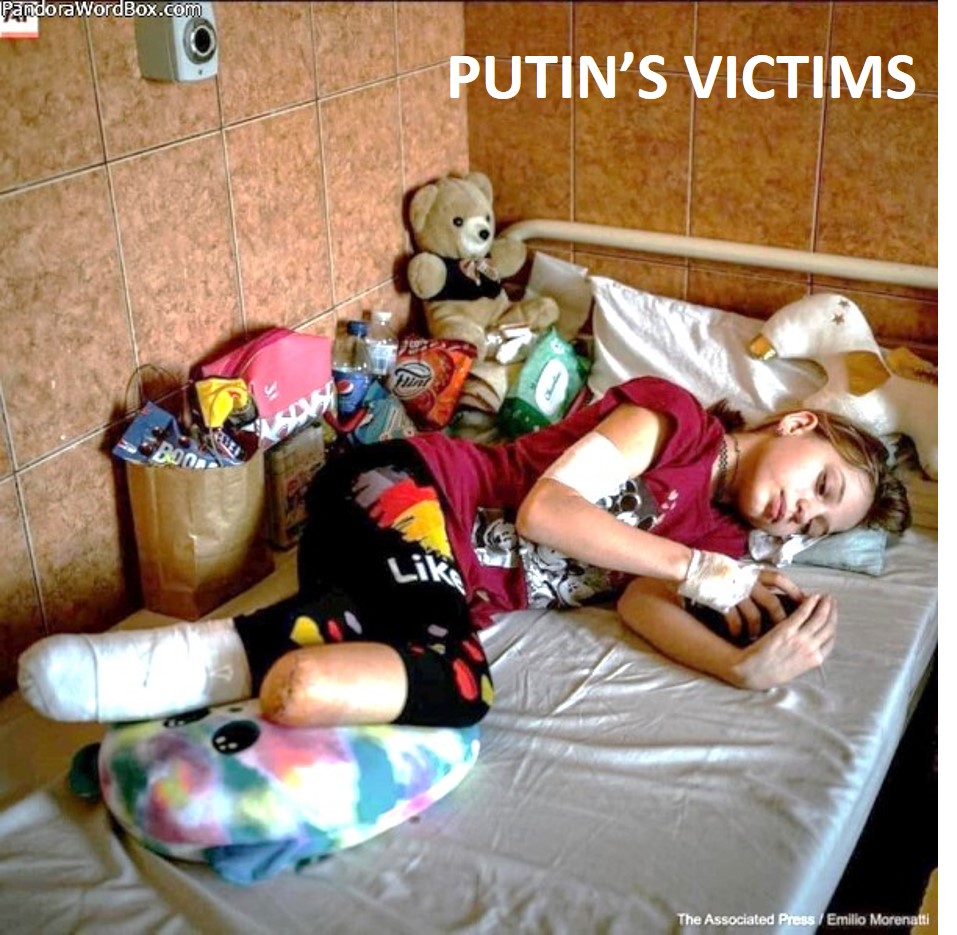Short Stature
Medline plus Health Information, Medical Encyclopedia, February 14, 2007
 [Support Groups] [Support Groups]
A relative term used in referring to any person that is more than two standard deviations below the average height (approximately in the shortest 5%) for a person of the same age and sex ...
Short stature may be a symptom caused by a medical condition and, as many of these conditions are treatable, should be evaluated by a health care provider.
Common causes:
- familial short stature ...
- delayed puberty ...
- ... hypothyroidism ...
- achondroplasia ...
- Noonan syndrome ...
There may be other causes of short stature ... Furthermore, the causes may vary based on age and gender of the affected person ...
The Billy Barty Foundation
Billy Barty, Founder
 [Support Groups] [Support Groups]
I am a dwarf. This means I was born with a medically recognized condition ... The name of my condition is Cartilage Hair Syndrome Hypoplasia ...
Most of us with dwarfism prefer to be described as "Little People". And please, put the emphasis on the word "People." ...
Dwarfism is a condition that affects over 1.5 million people in the U.S. alone, and there are over 100 different types of dwarfism. Most Little People are born to families with NO HISTORY of dwarfism ... We endure everything from job discrimination and reduced social opportunities to physical abuse and open public ridicule on a daily basis ...
The Billy Barty Foundation's mission is to guarantee an acceptable and improved quality of life for Little People through education, employment, accessibility and athletic programs ...
Short Stature Due to Genetic Defects Affecting Growth Hormone Activity ( Editorial )
New England Journal of Medicine - February 15, 1996 - Vol. 334, No. 7
 [for Professionals mainly] [for Professionals mainly]
Postnatal growth and, to a much lesser degree, intrauterine growth are critically dependent on the expression of the pituitary growth hormone GH - 1 gene and the consequent generation of insulin - like growth factor I (IGF - I) in the liver and other tissues. The secretion of growth hormone is determined by an interplay between growth hormone - releasing hormone and an inhibitory hormone, somatostatin ...
The two hypothalamic hormones are controlled by central nervous system neurotransmitters (catecholamines, serotonin, and cholinergic substances) ...
The family of growth hormone genes, located on chromosome 17, consists of the GH - 1 gene, expressed in the pituitary, and four genes expressed in the placenta: GH - 2, chorionic somatotropic hormone genes 1 and 2, and chorionic somatotropic hormone pseudogene 1 ...
Growth hormone deficiency is due to genetic causes in only a minority of patients ...
Cases of deficiency of multiple pituitary hormones may also include growth hormone deficiency ...
In this issue of the Journal, Takahashi and coworkers ... describe a mutation in the growth hormone gene that causes the biologic inactivation of growth hormone, leaving its immunologic properties intact ...
Babies who were short at birth ( <48 cm in length for boys and < 47 cm for girls ), are obese, and have sparse hair and hypoglycemia should be examined for a molecular defect in the genes for growth hormone or its receptor ...
Skeletal Dysplasias
Greenberg Center
 [for Professionals mainly] [Support Groups] [for Professionals mainly] [Support Groups]
One problem seen in pregnant women with dwarfism is respiratory problems. In very small women ... the uterus is already an abdominal organ because of a short anteroposterior diameter of the pelvic inlet. Therefore, the pelvis is not used for uterine growth ... Another cause of respiratory distress ... shortened trunk ... (Allanson & Hall, 1986) ... indicate that 9 / 46 women had respiratory difficulties in the last two months of pregnancy ...
A second problem ... in pregnant women with dwarfism are symptoms of nerve root compression ... 5 / 46 women were symptomatic ...
Another important obstetrical issue is the mode of delivery and type of anesthesia utilized. The majority of infants ... are delivered by elective or scheduled c-section ... general anesthesia was utilized because of the fear of doing a spinal or epidural block in patients with narrowed lumbar spines ... It is important to remember that if general anesthesia is utilized, care must be used during intubation ...
General information guide to short stature (Australia).
Short Statured People of Australia Inc.
 [Support Groups] [Support Groups]
Diagnosis
- Examination, X - rays, Blood tests, Urine tests, Biopsy
Babies and young children ...
Family response ...
School ...
Higher education ...
Teenage years ...
Employment ...
A non - profit, self - help organization that provides support and information for people of short stature (dwarfs) …
Our aim is to assimilate people of short stature into society …
Links and References to Organizations with Information on Dwarfism and Skeletal Dysplasias
Greenberg Center for Skeletal Dysplasias
 [Support Groups] [Support Groups]
Little People of America, Inc.
Little People of America, Inc. 2008
 [Support Groups] [Support Groups]
A nonprofit organization that provides support and information to people of short stature and their families ...
There are an estimated 200 types, some of which have never even been named ...
Of the estimated 200 types of dwarfism, achondroplasia is by far the most common ...
Limb - lengthening
using IM nails has satisfactory outcomes
American Academy of Orthopaedic Surgeons, Saturday, March 18, 2000
 [for Professionals mainly] [for Professionals mainly]
The Ilizarov fixator, a circular frame and tensioned wires, has many benefits that accelerate bone union through early weight bearing and allows correction of angulation, translation and rotation during the lengthening period, the researchers said. However, there are disadvantages such as pin site infection, limitation of joint motion by soft tissue fixation, patient discomfort because of bulky size and greater risk of neurovascular injury, they said.
Developed by J.M. Guichet, MD, in 1986, the GEN diaphyseal lengthening system gradually lengthens long bone using an intramedullary nail ...
Limb shortening for the management of leg length discrepancy
Cristiano Coppola, et al., Department of Orthopaedic ... University ... Aberdeen Medical School, Aberdeen, Scotland
 [for Professionals mainly] [for Professionals mainly]
Limb shortening is an option to manage leg length discrepancy ... between 2 and 5 cm can be corrected by epiphyseodesis (open or closed) or stapling ... In skeletally mature patients, shortening of the femur is considered safer ...
The Magic Foundation for Children's Growth and Related Adult Disorders
Magic Foundation ( Major Aspects of Growth In Children ) 2008
 [Support Groups] [Support Groups]
Institute for Limb Lengthening, Reconstruction, and Realignment of New York
Hospital for Joint Diseases, 2000
 [Support Groups] [Support Groups]
There are many reasons why children may suffer from a deformed leg or arm …
Children, adolescents and adults with limb length inequalities and upper and lower extremity deformities will be treated in a specialized unit …
Computerized deformity analysis and treatment as well as a hands-on approach to the overall care of these patients are utilized …
Ilizarov's Method and New approaches in limb lengthening
Mehmet Cakmak, M.D. et al.
 [Support Groups] [Illustrated] [Support Groups] [Illustrated]
CENTRE FOR ILIZAROV TECHNIQUES
CFIT-INDIA
 [Support Groups] [Support Groups]
Over the last 10 years, more than 1400 operations in almost 1000 patients have been done using the Ilizarov Techniques at this Centre …
Types of Dwarfism ( links to OMIM )
Centralized Dwarfism Resources
Compiled from the Human Genome Database
875 various types of dwarfism and dysplasia
320 Dwarfism types ...
555 Dysplasia types ...
International Skeletal Dysplasia Society
International Skeletal Dysplasia Society
The principal aim of the Society shall be to promote scientific progress in the field of skeletal dysplasias and dysostoses ...
L'Association québécoise des personnes
de petite taille (Canada)
AQPPT, November 27, 2006
 [Support Groups] [English] [French] [Support Groups] [English] [French]
Mutaciones del gen del receptor 3 del Factor
de Crecimiento de Fibroblasto (FGFR3) en
pacientes chilenos con talla baja idiopática,
hipocondroplasia y acondroplasia
Edna E Mancilla V et al., Rev Méd Chile 2003; 131: 1405-1410
 [Spanish] [Spanish]
Las displasias óseas constituyen un problema en el diagnóstico diferencial del niño con talla baja, en especial aquellas formas clínicamente menos evidentes, como la hipocondroplasia. Dentro de las displasias óseas, la más frecuente es la acondroplasia, con una incidencia estimada de 15 a 40 en 100.000 nacimientos. Se cree que la incidencia de la hipocondroplasia se acerca a este número, pero es difícil de establecer dada la dificultad del diagnóstico clínico y radiológico ... La acondroplasia y la hipocondroplasia representan distintos grados de severidad de una misma patología ... Ambas condrodisplasias son de herencia autosómica dominante,
Etiopatogenia de la Talla Baja Idiopática
M. Pombo Arias et al., Unidad de Endocrinología, Crecimiento y Adolescencia, Unidad de Medicina Molecular*, Facultad de Medicina, Hospital Clínico Universitario, Santiago de Compostela
 [Spanish] [Spanish]
Aquellos niños en los que se descarta una enfermedad orgánica , un trastorno hormonal o un síndrome reconocido como causa de talla baja son clasificados de muy diferentes formas en la literatura. Dos denominaciones de uso muy frecuente son las de talla baja familiar (TBF) y retraso constitucional del crecimiento y del desarrollo (RCCD). La primera designación implica que la talla del niño se corresponde con el potencial genético de su familia, mientras que la segunda se ha empleado generalmente para aquellos casos de talla baja que se acompañan de un retraso significativo en la maduración del hueso. Varios problemas surgen con estas definiciones ...
Achondroplasia
I.B.I.S. Birth Defects, 2007
 [For Parents] [Ukrainian] [For Parents] [Ukrainian]
Ukrainian factsheet for parents
Growth References (Third Trimester to Adulthood
I.B.I.S. Birth Defects, 2008
 [Ukrainian] [Ukrainian]
Factsheet in Ukrainian
Achondroplasia
I.B.I.S. Birth Defects, 2007
 [Ukrainian] [Ukrainian]
Factsheet in Ukrainian
________________________________________________________________________________________________
Last Updated: 2008/3/3
________________________________________________________________________________________________
| 

 [Support Groups]
[Support Groups]




